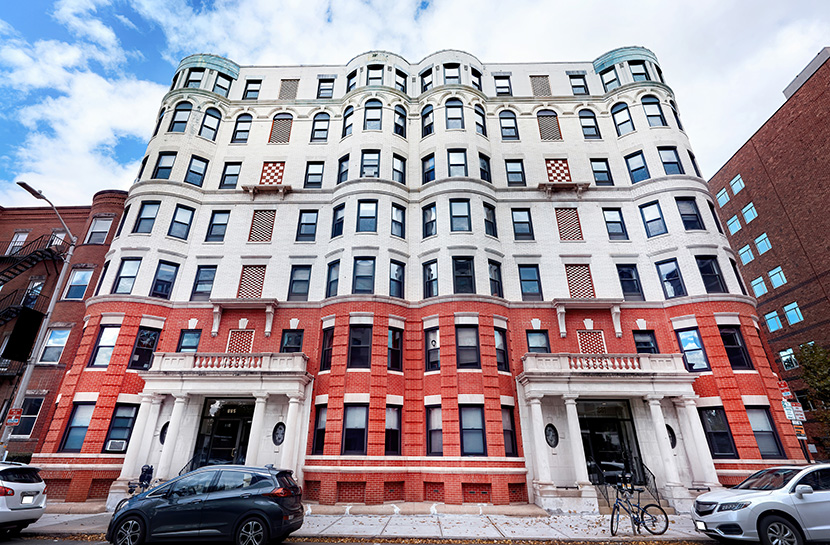
Apartment Rents Jump at Fastest Rate in 2 Years

Apartment effective asking rents climbed 0.6 percent in February, the fastest single-month pace seen since the middle of 2019, reported RealPage, Richardson, Texas.

“The increase in pricing power proved widespread,” said RealPage Chief Economist Greg Willett, noting 140 of the 150 metros tracked in RealPage’s core data set logged at least some rent growth. The average monthly apartment rent across the U.S. now stands at $1,422, he said.
“Influencing results for the past month, leasing activity is still occurring at a time when seasonal weakness in demand is normal,” Willett said. Preliminary calculations show the nation’s occupied apartment count up by more than 30,000 units in February, whereas there is generally very little or no net demand when temperatures fall to their lowest.
U.S. apartment occupancy has hovered between 95 percent and 96 percent since late 2019, Willett said. February’s 95.4 percent figure matched January’s result and is in line with February 2020’s 95.5 percent level.
Meanwhile, investor interest in multifamily real estate remained quite strong in 2020 despite the pandemic, said Yardi Matrix, Santa Barbara, Calif.
More than 250,000 apartment units were absorbed last year, down 12 percent from 2019, “but considering the economic and social calamity that befell the U.S. in many respects due to COVID-19, the fact that demand held up as well as it did is a relief for the apartment industry,” the Yardi Matrix Bulletin said.
Yardi Matrix said Dallas, Atlanta and Denver saw the highest absorption rates. Gateway markets hit hard by COVID saw most of the negative absorption as they struggled with renter demand and average rents. Among the worst performers were the Bay Area and New York City, which combined for -22,100 units absorbed last year. Overall, high-cost gateway metros saw -0.3 percent net absorption. Apartment demand held up better in secondary and tertiary markets.
Regionally, renters continued to flock to the Southeastern U.S., which saw 96,700 units absorbed, the Southwest with 56,800 units absorbed and the West with 57,100 units absorbed.
